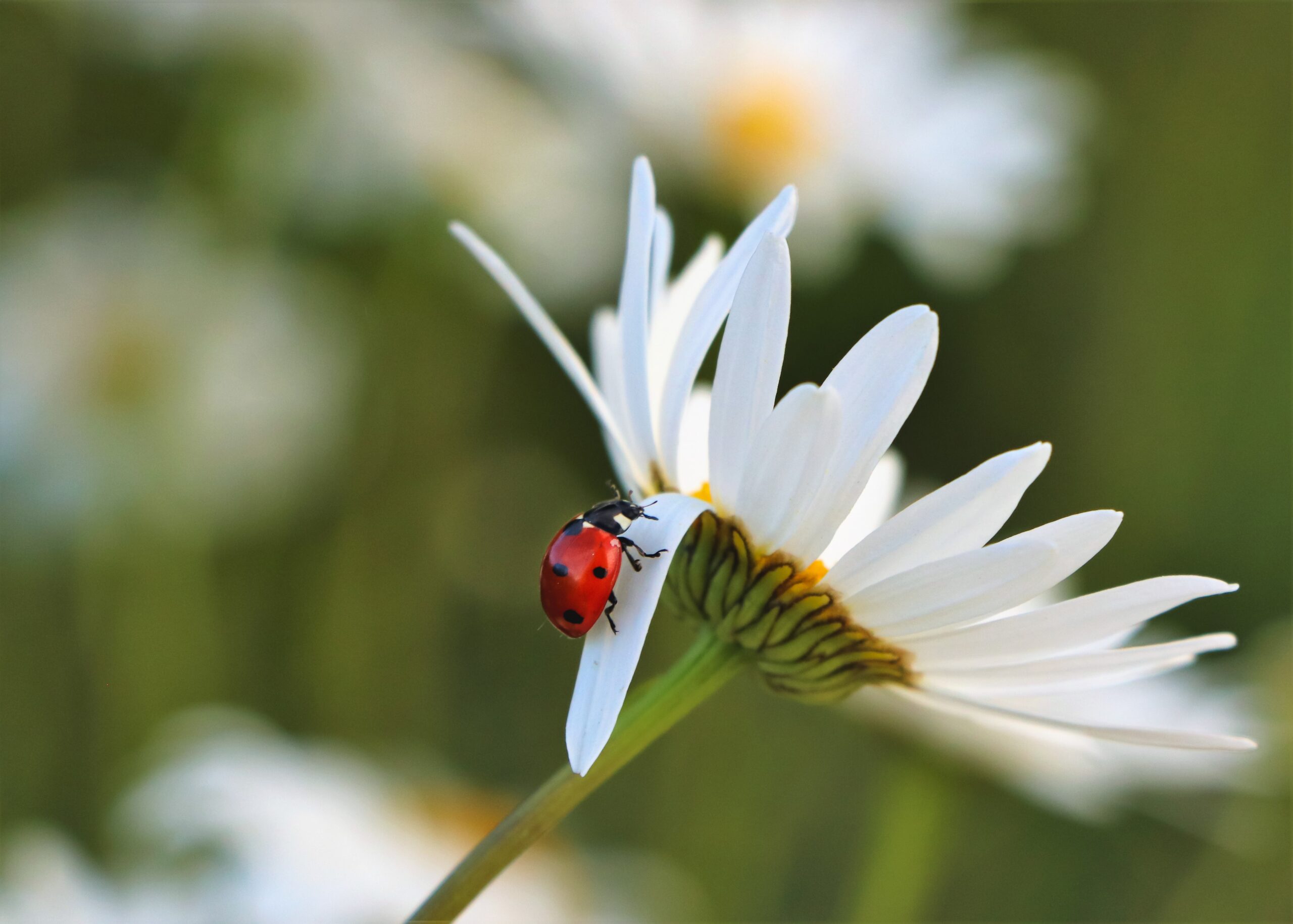Pollinators are essential for the reproduction of many plant species, but are ladybugs among them? In this article, we will delve into the role of ladybugs in the world of pollination and determine whether ladybugs can be considered pollinators.
Key Takeaway: While ladybugs are not pollinators, they do help maintain plant health.
Background information: What Is Pollination?

The Importance of Ladybugs
Ladybugs, scientifically known as ladybirds or Coccinellidae, are small beetles known for their distinctive, often brightly colored, spotted shells. While they are most renowned for their role in pest control by consuming aphids and other garden pests, their role as pollinators is less widely recognized but equally important.
How Do Ladybugs Contribute to Pollination?
Ladybugs primarily feed on insects, including aphids, mealybugs, and scale insects, which are common garden pests. While they are not nectar feeders like bees or butterflies, ladybugs can indirectly support pollination.
By consuming pests that can damage plants, ladybugs help maintain the overall health of plants. Healthy plants are more likely to produce flowers and, consequently, provide nectar and pollen to other pollinators like bees and butterflies. Therefore, ladybugs indirectly contribute to pollination by fostering an environment where other pollinators can thrive.
All About Ladybugs: Plant Protectors
Here is more information about where ladybugs can be found, their behavior, and challenges threatening ladybug populations.
Variety of Habitats
Ladybugs are found in a wide range of habitats, from gardens and agricultural fields to forests and grasslands. Their adaptability to various environments allows them to play an indirect role in pollination across diverse ecosystems.
Characteristics and Behavior
Ladybugs come in a variety of species, and their appearance can vary greatly. Most are small, round beetles with distinct colors and patterns. One of the most well-known species is the seven-spotted ladybug.
Ladybugs are voracious predators of soft-bodied insects, making them valuable assets in natural pest control. Their diet primarily consists of aphids, which are notorious plant pests. This pest control role indirectly supports pollination by helping to maintain healthy plants.
Population and Conservation
Ladybugs, like many other beneficial insects, are susceptible to habitat loss and pesticide exposure. Conservation efforts that focus on creating suitable habitats for ladybugs, minimizing pesticide use, and promoting integrated pest management can help ensure their continued presence in ecosystems.
In conclusion, ladybugs may not be traditional pollinators in the sense of actively transferring pollen between flowers, but their role in pest control indirectly supports the pollination process. By protecting ladybug populations and the ecosystems they inhabit, we can help maintain a balanced and healthy environment that benefits both plants and other pollinators.
